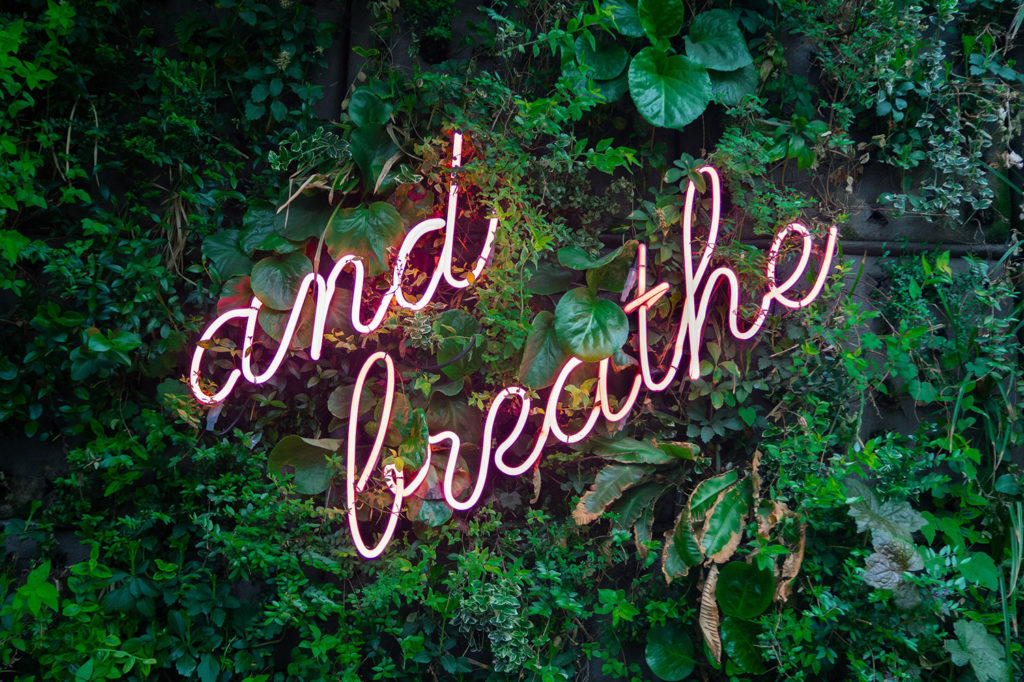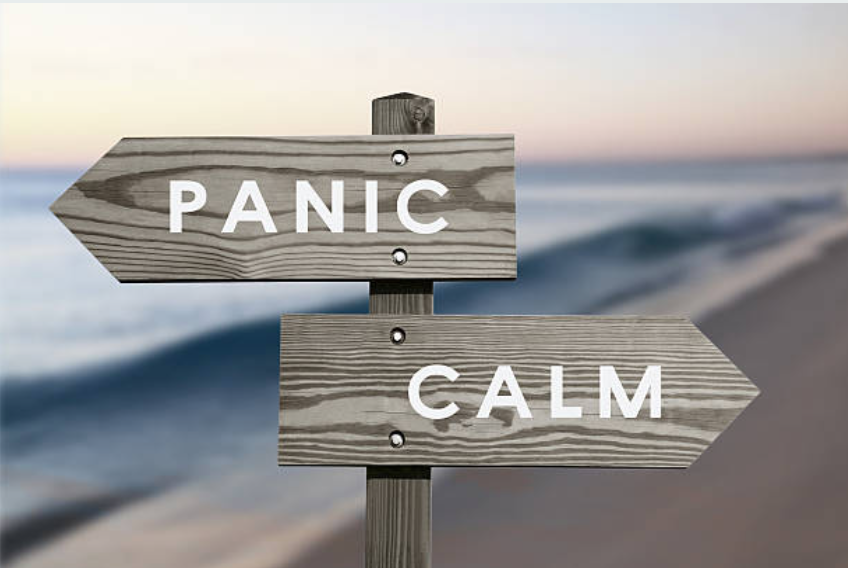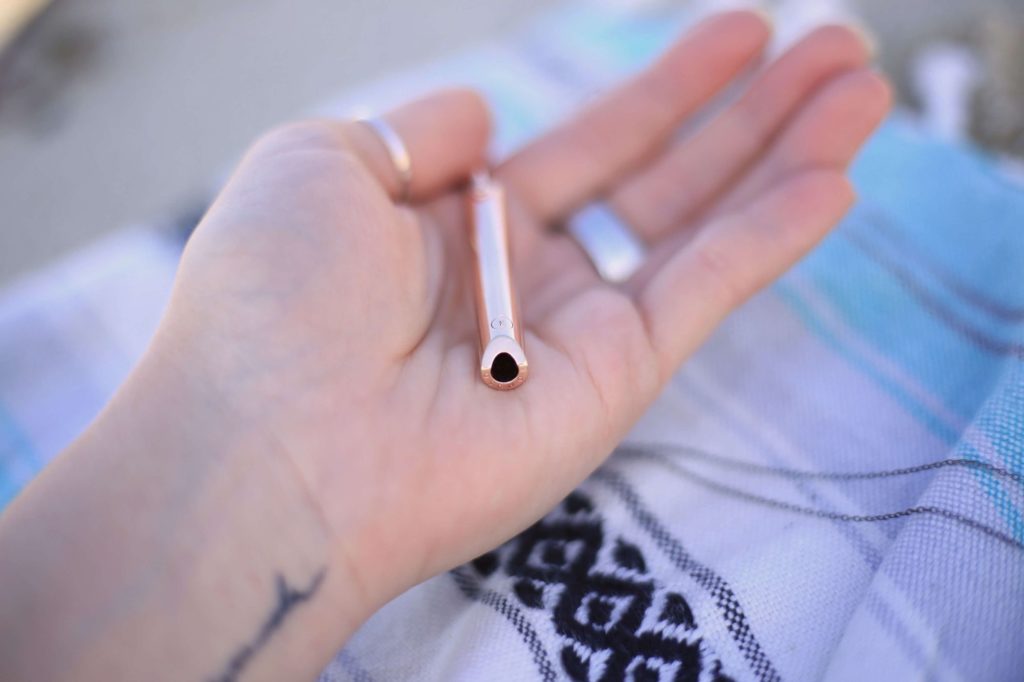
The power of the breath has been used for thousands of years
by yogis, mystics and spiritual seekers as a way to shift and expand consciousness. By controlling the breath, they control the mind, reaching altered states of awareness and unlocking potentials for relaxation and healing.
Yogic traditions believe that improper breathing is connected to disease. This has to do with the flow of life force energy in the body, or prana. If prana isn’t flowing properly, the body and mind suffer. One of the best ways to drive and expand prana is through the breath.
When we look at this from a holistic health point of view, we can see that there is indeed a link between habitual improper breathing and dis-ease. Most people go through the day using less than 50% of their breathing capacity with shallow inhales and short exhales.
Shallow inhales compromise our circulation and don’t provide a sufficient amount of oxygen, which means that our bodies are lacking fresh, detoxifying energy and our ability to transport and absorb nutrients, vitamins and minerals is compromised.
Short exhales mean that we aren’t expelling enough carbon dioxide. Although we do need some CO2 for good health, excess CO2 can essentially become a toxin that gets recirculated through our bloodstream and organs. Excess carbon dioxide in the body is also a stressor to the nervous system, which can lead to mental confusion, depression, muscle twitching, anxiety and panic attacks.
All of these are results of habitual shallow breathing. When we are breathing efficiently, we get the proper ratios of oxygen and carbon dioxide in the blood.
However, In the case of short, quick breathing due to anxiety, we can actually be over-breathing. The trick here is to slow the breath down.

Breathing and Anxiety
Ok, let’s talk anxiety. There are definitely different levels of anxiety. Our daily lives can have us in a heightened state of always having to be ready for the next crazy thing. Sometimes this is manageable, especially when we can implement regular stress reducing practices. But sometimes it can lead to something more serious like a panic attack, especially when issues keep piling up and we don’t take the time to check in on ourselves.
If you’ve ever had a panic attack, you know how scary it is. When breathing becomes quick and shallow, it can turn into a vicious cycle that creates more of that panicked sensation and more shallow breathing, leaving us feeling less stable and unable to calm down. I’m losing my breath just thinking about it!
When we get anxious, there is a tendency to gasp for air, as it can feel like we are lacking oxygen. However, it is actually a lack of carbon dioxide that leads to over-breathing or hyperventilation. With quick, shallow breathing, we exhale more carbon dioxide out than the body has a chance to make.
Because the sensation of hyperventilation (lack of carbon dioxide) is nearly identical to the feeling of lacking oxygen, this is where things can get worse. We will try to breathe in more oxygen, but because we don’t need it, our lungs and stomach won’t expand as much, creating more of that feeling that we can’t get enough air. This cycle can continue and begin to cause panic as we keep gasping for more air than we need without recovering our proper carbon dioxide levels.
It’s no fun!
Hyperventilation exacerbates the situation and can lead to our classic panic attack symptoms:
- Faintness
- Rapid heartbeat
- Weakness and tingling
- Lightheadedness, dizziness
- Chest pains and muscle spasms
- Trouble thinking and concentrating
Let's not forget the feeling of dread and hopelessness. All of these symptoms stress us out more and it can feel never ending.
Something to keep in mind is that you are not your anxiety. Anxiety can amplify your emotions and even make you feel and think in ways that you normally wouldn’t if you were calmer. This is part of the havoc that anxiety can wreak on our brains and entire bodies. The good news is, you can access your body’s relaxation response by accessing the parasympathetic nervous system with the breath. Once we are in a more relaxed state, our amplified emotions can quiet down and we think more clearly and discerningly. Suddenly what seemed overwhelming only a moment ago seems manageable and we gain a renewed outlook.
How to Breathe
If you have ever had to tell an anxious person to breeeeeathe, or perhaps you were the one who needed the breath, it can sometimes go a little like this…
The person will take a big inhale in an upward motion, filling up the chest and pulling air into the upper body, neck and head. Doing this creates muscular tension in those areas and creates a shallow breath that only reaches the upper chest, which aggravates anxiety.
Instead, the breath should be drawn into the belly. This helps us to activate our parasympathetic nervous system, which triggers physical responses like relaxing the muscles and slowing the heart rate, bringing us into a calmer state.
Super Quick Overview of The Sympathetic and Parasympathetic Nervous Systems
The sympathetic and parasympathetic nervous systems are both part of the autonomic nervous system, which constantly sends information to the brain and regulates a variety of body functions that take place without our conscious effort.
Sympathetic Nervous System (The Gas Pedal)
- Prepares us for action
- Connected to the ‘fight or flight’ response
- Mainly feeds hormones like adrenaline and cortisol
Parasympathetic Nervous System (The Brakes)
- Helps us to relax and slow down
- Connected to ‘rest and digest’ mode
- Uses neurotransmitters like acetylcholine that decrease blood pressure and heart rate to slow down organ function

Deep Breathing Exercise
As mentioned above, the gasping associated with anxious breathing has to do with a lack of carbon dioxide being created, so we want to slow down our exhale.
Our inhales mirror our exhales. When we breath out slowly, exhaling fully, the body is designed to take a reflex inhale, which will be slower as well. This helps to regulate our breathing by activating that lovely parasympathetic response.
- Sit or lay somewhere comfortable, placing your hand just above your belly button
- Inhale into your belly for a count of 4.
- Pause at the top of your inhale for a count of 1
- Exhale gently for a count of 6
- Pause at the end of your exhale for a count of 1
- Repeat for a few minutes or until you feel more relaxed
Keep your breaths smooth and even.
If 4 and 6 counts is too much and stresses you out, try 3 and 5, or less. The important thing is that your exhales are longer than your inhales. You can gradually increase when it feels better.
This can be done any time you are feeling anxious to calm your body and mind.

The Komuso 'Shift'
A Helpful and Beautiful Tool
Something really cool that I have come across lately is the Komuso Shift necklace. It’s a small medallion that looks a little like a whistle, that you wear around your neck. It’s a natural tool to help you cope with stress and anxiety by extending your exhale and improving breathing. The design was inspired by the Komuso Monks of 17th century Japan. They used a bamboo 'shakuhatchi' flute as a healing modality and meditation tool.
When we’re in the midst of high anxiety, sometimes it’s not so easy to get control of our own breath. The Shift is a physical reminder to breathe and be in the present moment, as well as a helpful tool to get your breath slowed down. And it only takes about two minutes to work.

How Does it Work?
Inhale into your belly, hold for a second and then exhale into to the Shift. The shift elongates your exhale, reversing the fight or flight response and triggering your parasympathetic nervous system to physiologically chill you out. Do this for about two minutes or until you start to feel better.
It can even psychologically make you feel better just having it around because you know that help is right there when you need it.
Get all the information on the Komuso website.
Oh, and use the coupon code HolisticTara for 15% off!
Happy breathing, loves.

